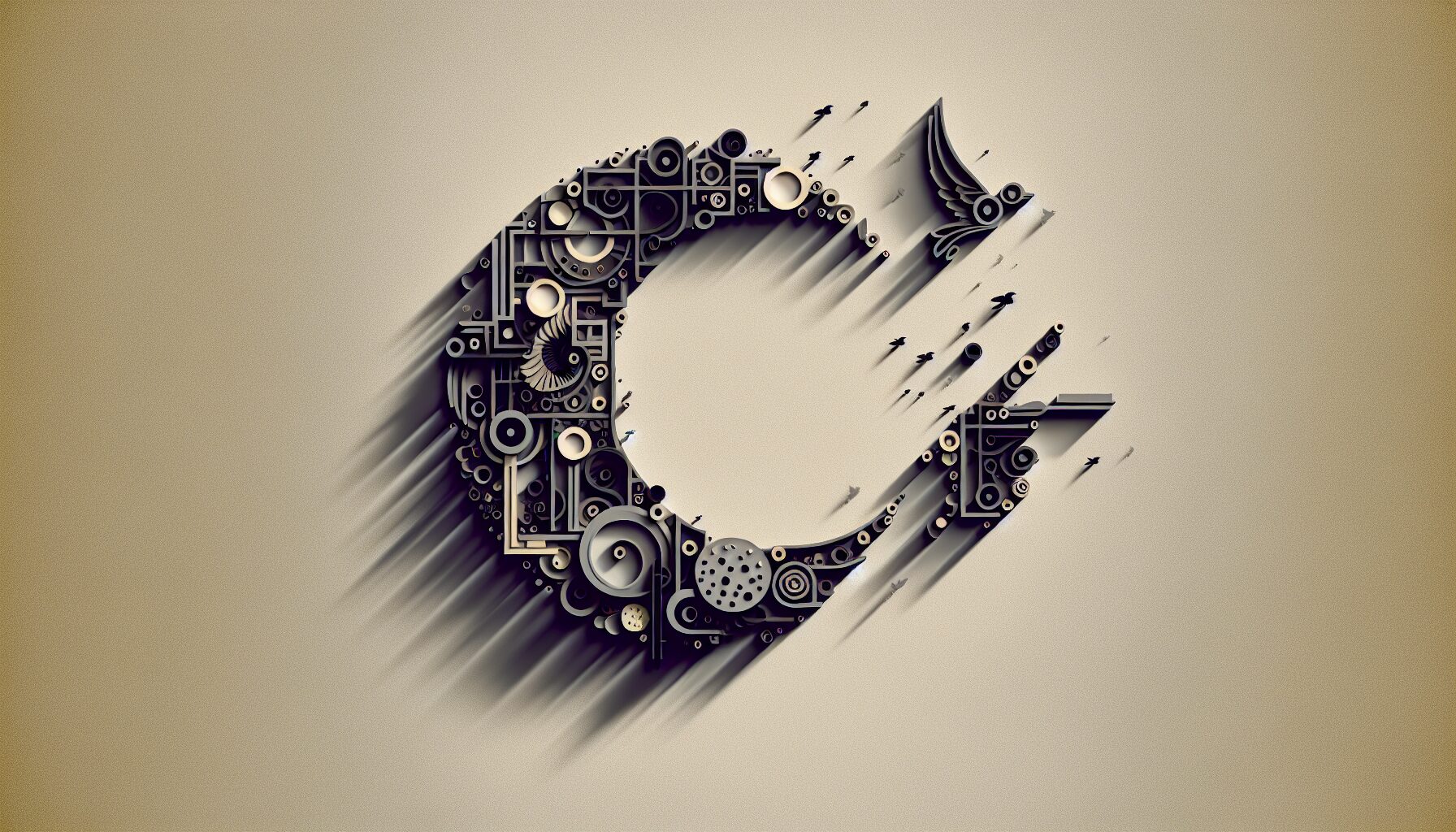The Obscure Aesthetic – Art, Literature, and Philosophy of Shadow
The concept of shadows extends beyond the mere physical phenomenon of light and darkness. In the realms of art, literature, and philosophy, shadows represent an intriguing aesthetic that encapsulates mystery, introspection, and the unknown.
Art: The Dance Between Light and Dark
Artists have long been captivated by the interplay of light and shadow. The chiaroscuro technique, utilized by masters such as Caravaggio and Rembrandt, is exemplary in creating dramatic effects through stark contrasts. The use of shadow not only adds depth but also evokes emotion and narrative tension.
“Chiaroscuro, the use of strong contrasts between light and dark, was a revolutionary means of composing in painting and drawing.” – Artsy Editorial
Literature: Shadows of the Mind
In literature, shadows frequently symbolize the subconscious and the hidden aspects of human nature. Gothic novels, such as Mary Shelley’s Frankenstein and Bram Stoker’s Dracula, explore the eerie and the unknown within the shadowy confines of human fears and desires. Shadows serve as a literary device to delve into themes of identity and duality.
The poet Robert Frost once mused,
“Always fall in with what you’re asked to accept. Take what is given, and make it over your way. My aim in life has always been to hold my own with whatever’s going. Not against: with.”
Philosophy: The Duality of Being
Philosophically, shadows have been employed to illustrate the concept of duality and the examination of existence. Plato’s Allegory of the Cave remains a profound metaphor where shadows represent perceptions of reality, challenging individuals to look beyond the surface to grasp the truer existence.
Moreover, the philosophy of Martin Heidegger emphasizes the concept of ‘being’ (dasein), contemplating how shadows symbolize both obscured truths and the essence of self-discovery.

Comments